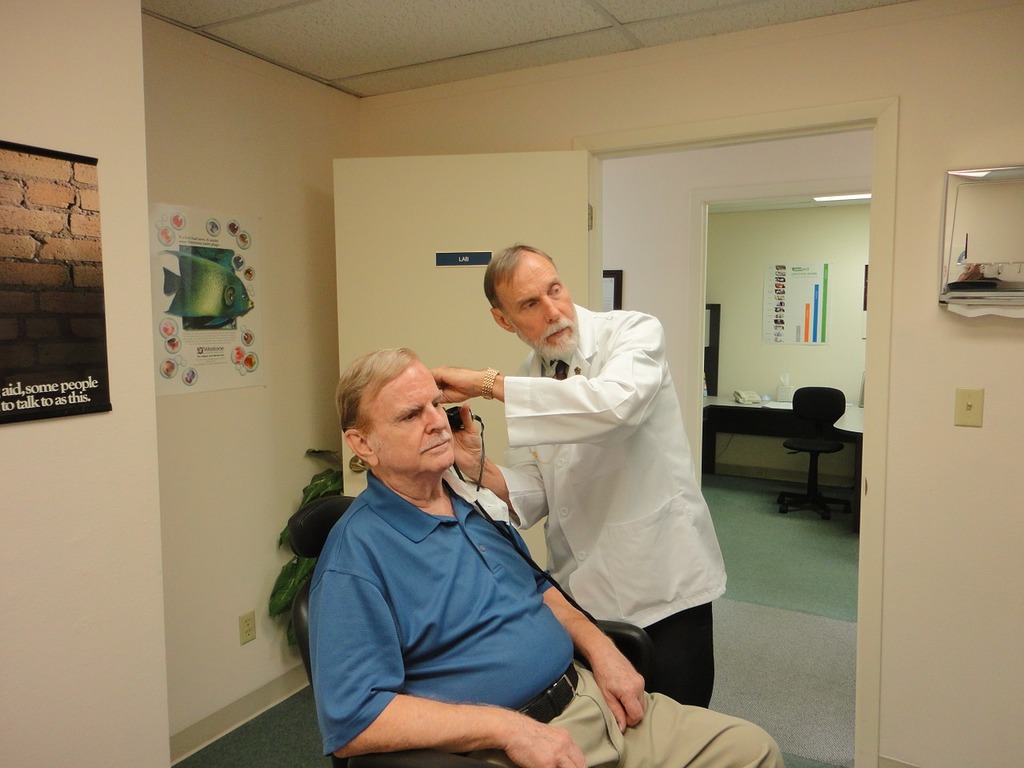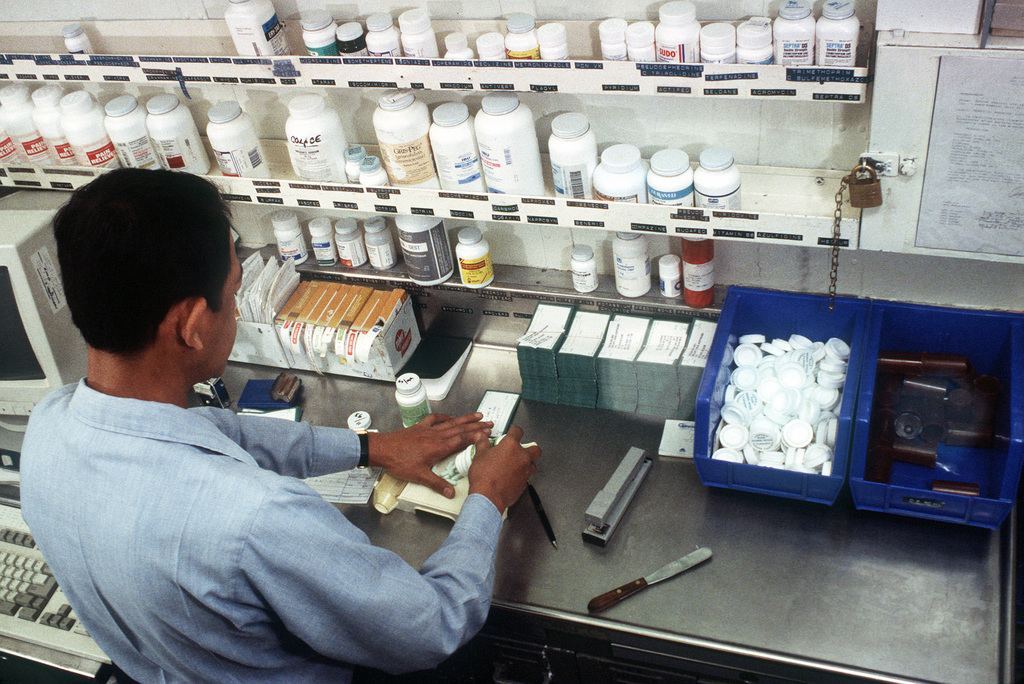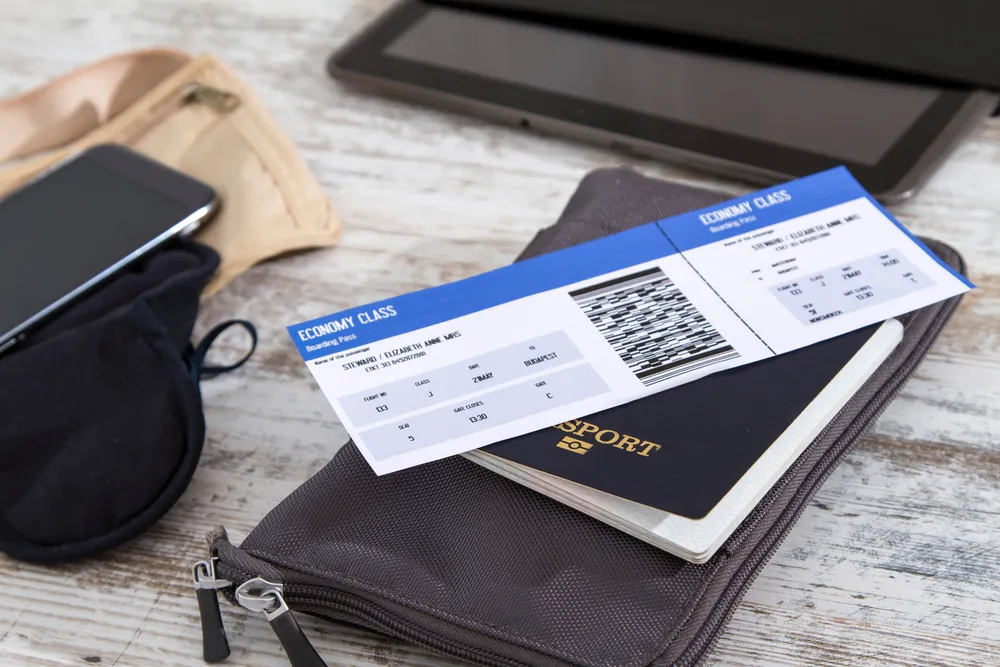During Donald Trump’s presidency, a lot of attention was given to economic policies and their impacts on everyday life. While some expected costs to decrease due to deregulation and tax cuts, the reality was a mixed bag. Many things actually got more expensive, affecting people in numerous ways. Let’s dive into some of them.
1. Electricity Bills

Utilities were another area where costs went up, affecting monthly household budgets. Energy prices, in particular, were unpredictable, with many households seeing higher bills. Factors like changes in regulatory policies and fluctuations in natural gas prices contributed to these increases. For some, this meant investing in energy-efficient appliances or adjusting usage to minimize impact. But even with these efforts, the higher costs were a noticeable strain.
Water bills also saw increases in many areas, as infrastructure updates and maintenance added to expenses. This was especially true in regions facing drought or water scarcity issues, where conservation measures also carried a financial element. People found themselves more conscious of their water and energy usage in an effort to control costs. For those on fixed incomes, these increases were particularly burdensome, highlighting the essential nature of utilities and the importance of reasonable pricing. Overall, the rising costs of utilities were a significant concern for people trying to manage day-to-day expenses.
2. Healthcare Premiums

Healthcare was a hot-button issue during Trump’s time in office, and it didn’t get any cheaper. In fact, premiums for many plans increased, despite efforts to dismantle parts of Obamacare. According to the Kaiser Family Foundation, premiums for employer-sponsored health insurance saw a rise by an average of about 4% each year. This happened even as the administration took steps to remove the individual mandate, which some thought would lower costs. For many people, the reality was that they ended up paying more for less coverage, leaving families to make tough choices about their healthcare needs.
These increases were partly due to uncertainty in the insurance markets as policies shifted. Insurers raised prices to mitigate risks associated with potential policy changes. Additionally, the removal of subsidies for some plans pushed costs higher for individuals not covered by employer plans. All these factors made healthcare one of the more expensive necessities during those years. The financial burden was especially hard on middle-class families who didn’t qualify for additional assistance.
3. College Fees

College tuition was another area where costs didn’t seem to get any lighter. Even with promises to make education more affordable, many families found themselves shelling out more. Public and private institutions both saw tuition hikes, partly due to reduced state funding and increased operating costs. Student loans were a saving grace for many, but they also meant entering the workforce with substantial debt. This made the dream of higher education a more expensive proposition for countless young people.
The rising cost of tuition was compounded by increases in fees for room, board, and other essentials. At the same time, federal aid programs faced scrutiny and potential cuts, leaving some students uncertain about financial support. Private loans became an option for many, but often at higher interest rates. This left a generation of students struggling to balance education costs with future financial stability. In short, attending college during these years often meant paying a steeper price than anticipated.
4. Prescription Drugs

Prescription drug prices were another area where costs rose noticeably. This uptick in prices was felt keenly by those who needed regular medication, creating financial stress for many families. According to research conducted by the American Medical Association, drug prices increased at a rate much higher than inflation, making it harder for people to afford essential medicine. The lack of comprehensive price controls and the complexity of drug pricing systems were partly to blame. As a result, some people were forced to make difficult choices between medication and other necessities.
Efforts to lower drug prices were made, but many policies faced hurdles and delays. The pharmaceutical industry’s strong influence often meant that substantial change was sluggish at best. Importation of cheaper drugs from abroad was discussed but rarely implemented. Meanwhile, new drugs coming to market often carried hefty price tags that insurance might not fully cover. The result was a landscape where getting sick could uncomfortably stretch a wallet, adding another layer of worry for those in need.
5. Rent and Housing

Rent and housing costs were also on the rise, a trend that didn’t slow during Trump’s presidency. Urban areas, in particular, saw significant increases, as demand often outpaced supply. This made finding affordable housing a challenge for many, particularly in major cities. New construction couldn’t keep up with the need, pushing prices even higher. For many people, this meant a larger portion of their income went towards housing, leaving less for savings or other expenses.
Home prices followed a similar trend, making it difficult for first-time buyers to enter the market. Low-interest rates did provide some relief, but high property costs remained a barrier. Compounding the issue, wage growth didn’t keep pace with rising housing costs, leading to more financial strain. Renters found themselves with fewer options, often compromising on location or amenities. The high cost of housing was an issue that continued to grow, affecting people across the economic spectrum.
6. Childcare Services

Childcare is a critical need for many families, and during Trump’s presidency, it became more expensive. The cost of daycare centers and preschool programs increased, often outpacing inflation. According to a study by Child Care Aware of America, the average annual cost of infant care in a center rose by about 3% each year. This financial burden added pressure on working parents, who had to balance job commitments with finding affordable, quality care for their children. For many families, this meant tough decisions about work arrangements and household budgets.
The increased cost of childcare was influenced by several factors, including staffing needs and facility upgrades. Regulations aimed at improving quality sometimes led to higher operational costs, which were passed on to consumers. While quality care is essential, the expense created stress for families already juggling multiple financial responsibilities. In some cases, parents had to rely on informal arrangements or reduce work hours. The rising costs of childcare highlighted the ongoing challenge of balancing work and family life under economic strain.
7. Groceries

Food prices are a basic concern for every household, and during Trump’s presidency, grocery bills crept upward. Factors such as tariffs and trade tensions contributed to fluctuations in food costs. This was particularly noticeable for imported goods, where prices saw the most significant hikes. Even domestically produced items weren’t immune, with costs rising due to increased transportation and production expenses. For many people, this meant adjusting shopping habits and meal planning to manage their budgets.
The impact was felt across the board, affecting everything from fresh produce to packaged goods. Some families turned to bulk buying or discount stores to stretch their dollars further. However, even these strategies couldn’t fully offset the rising costs. For those on tighter budgets, the increases were particularly challenging, sometimes forcing cuts in other areas. This reality underscored food security issues and the importance of stable, predictable food pricing.
8. Gasoline

Gasoline prices, a perennial concern for anyone with a vehicle, also saw fluctuations during Trump’s presidency. While prices at the pump can be volatile, the overall trend was upward, spurred by geopolitical factors and domestic production shifts. According to the U.S. Energy Information Administration, global oil market dynamics played a significant role, with prices bouncing between highs and lows. Supply concerns and international agreements often influenced these changes, making it difficult for drivers to predict fuel expenses. For many people, the cost of filling up remained a consistent concern.
As fuel prices rose, so did the cost of commuting and transportation-related activities. This impacted not just personal budgets but also the broader economy, influencing the price of goods and services that relied on transportation. Public transportation became a more attractive option for some, but not everyone had access to efficient systems. The unpredictability of fuel prices added another layer of financial complexity for households. Navigating these challenges required careful budgeting and planning to manage transportation costs effectively.
9. Cars

Buying a car became more expensive during Trump’s presidency, partly due to changes in industry standards and tariffs. New vehicle prices climbed as manufacturers faced increased costs for materials and regulatory compliance. This made it harder for people to afford a new car, leading some to hold onto older vehicles longer. Additionally, interest rates on auto loans played a role, affecting monthly payments and overall affordability. For those needing a reliable vehicle, these factors created financial challenges.
Used car prices also saw an uptick, driven by higher demand as new cars became less affordable. The increased cost of both new and used vehicles led some people to explore alternative transportation options. Leasing became more attractive for those who needed lower monthly payments but didn’t mind not owning a car outright. However, for those set on ownership, the financial strain was real. The trend highlighted broader economic issues related to consumer goods and personal finance.
10. Electronics

Electronics, a staple in modern life, also saw price increases during Trump’s time in office. Tariffs on imported goods, particularly from China, contributed to higher costs for various devices. This affected consumer products like smartphones, laptops, and televisions, making them more expensive to buy. The global supply chain disruptions also played a role, leading to shortages and price hikes. For tech-savvy people, keeping up with the latest gadgets became a pricier endeavor.
Even essential electronics, needed for work or education, weren’t immune to rising costs. People found themselves spending more on devices needed for remote work or online learning. The higher prices prompted some to delay upgrades or seek second-hand options. While technology is constantly evolving, the costs during this period were a reminder of the interconnectedness of global markets. Managing a tech budget required careful consideration as prices continued to climb.
11. Construction Materials

The cost of construction materials rose during Trump’s presidency, impacting everything from home renovation projects to large-scale builds. Tariffs on imported steel and aluminum were significant contributors to this increase. For contractors and DIY enthusiasts, this meant higher project costs and stretched budgets. The higher prices also affected new housing developments, leading to increased home prices. Builders and consumers alike felt the financial pinch as material costs surged.
Supply chain issues and increased demand for construction also played a role. Natural disasters and other global events put pressure on available resources, further driving up costs. This led to delays in projects and reconsideration of materials used in construction. For people looking to build or renovate, the higher costs meant more careful planning and budgeting. The ripple effects of these price hikes were felt across the housing and construction sectors.
12. Airline Tickets

Flying became a pricier endeavor during Trump’s presidency as airlines adjusted pricing in response to various factors. Operating costs for airlines, including fuel and staffing, saw increases, which were reflected in ticket prices. Additionally, regulatory changes and industry consolidation played roles in pricing strategies. For passengers, this meant higher costs for both domestic and international flights. Those who traveled frequently found themselves spending more, even with the availability of budget carriers.
Seasonal fluctuations and peak travel times also contributed to pricing dynamics. People had to be strategic about booking in advance or choosing off-peak times to secure better rates. Frequent flyer programs and other loyalty schemes became more valuable as passengers sought to offset costs. Despite efforts to find deals, the overall trend was upward for airline ticket prices. This added another consideration for people’s travel plans and personal budgets.
13. Insurance Premiums

Insurance premiums for various types of coverage, including home, auto, and health, saw increases during Trump’s presidency. Market dynamics, natural disasters, and regulatory changes contributed to these rising costs. For people, this meant higher monthly premiums and potentially reduced coverage options. Insurance companies often cited increased risks and claims as reasons for adjusting rates. This left people trying to balance adequate coverage with affordability.
The higher premiums had particular implications for those in disaster-prone areas, where coverage became even more crucial. Bundling different types of insurance sometimes offered savings, but not enough to offset overall increases. People found themselves shopping around more for competitive rates and coverage options. The rising cost of insurance highlighted the complexity of risk management in an uncertain world. Ensuring personal and property protection became an increasingly costly necessity.
This article is for informational purposes only and should not be construed as financial advice. Consult a financial professional before making investment or other financial decisions. The author and publisher make no warranties of any kind.








